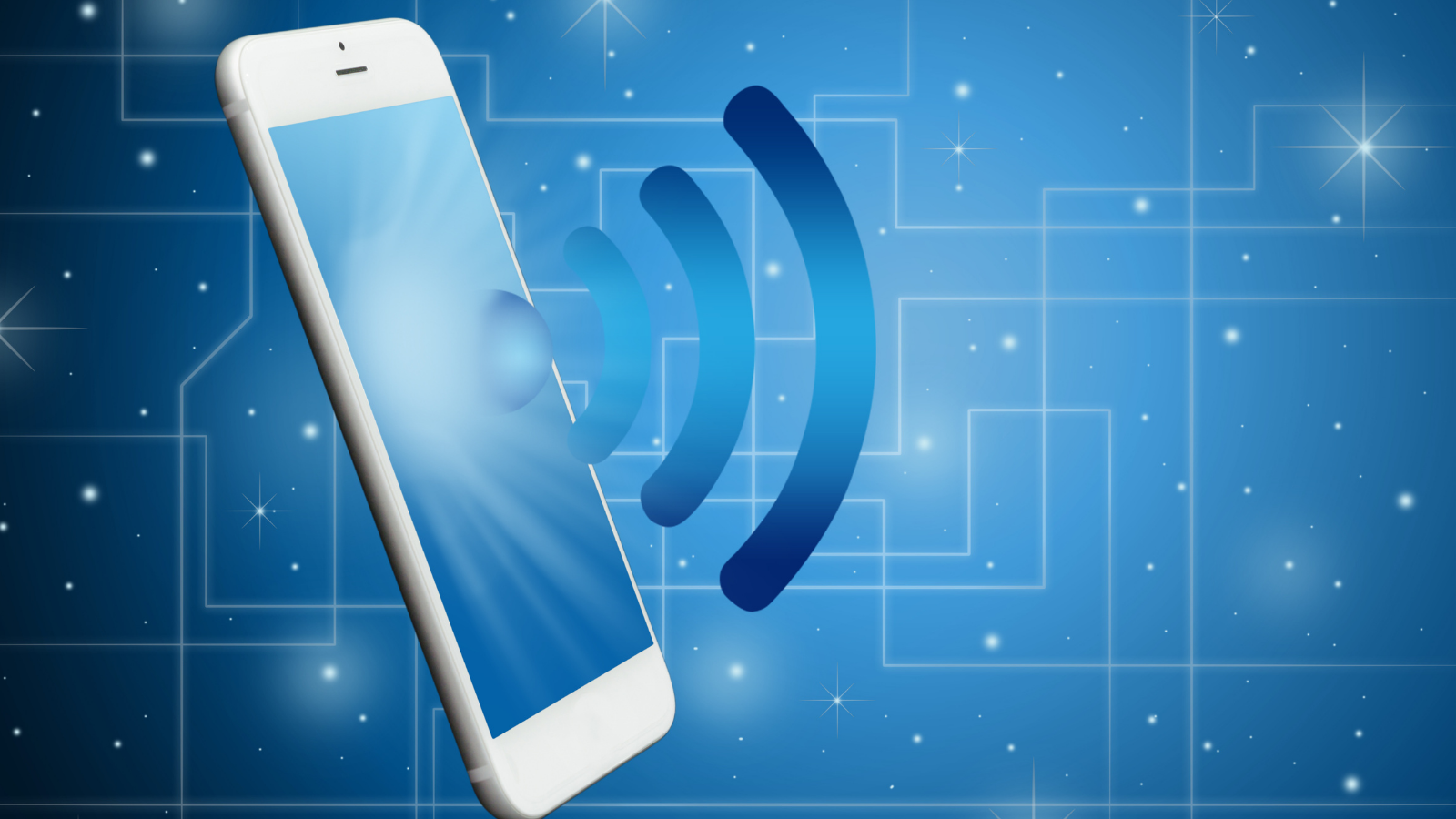
Now that the next generation of wireless, 5G, is here, you may have purchased the newest 5G powered smartphone. Let’s look at why and how 5G works.
Your new 5G powered smartphone runs on a network of small cells that maximizes its capabilities. A small cell is about the size of a pizza box that can be placed throughout cities—on streetlights, light poles, or even the side of a building—and are essential to transmitting data to and from your wireless device.
These small cells strengthen your coverage, vastly improving data transfer speeds. It can even reduce power draw, giving you more usage time before charging!
But, in order for that new 5G device of yours to work at its full capacity, we need a lot of small cells, which means we need a larger wireless infrastructure. In addition to low-band spectrum, these small cells can transmit data using mid- and high-band spectrum, allowing a lightning fast transfer of data. In the world of 5G, mid-band spectrum is the perfect sweet spot as it can transmit large sums of data while travelling a significant distance, allowing you to do things like download an entire movie in mere seconds!
We all want faster, more reliable wireless. And, if policymakers continue to focus on plans that ensure a steady stream of mid-band spectrum, we can accelerate connections, and 5G deployment, across the country.
Learn more about spectrum, the backbone of the wireless network.